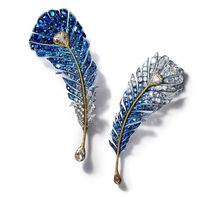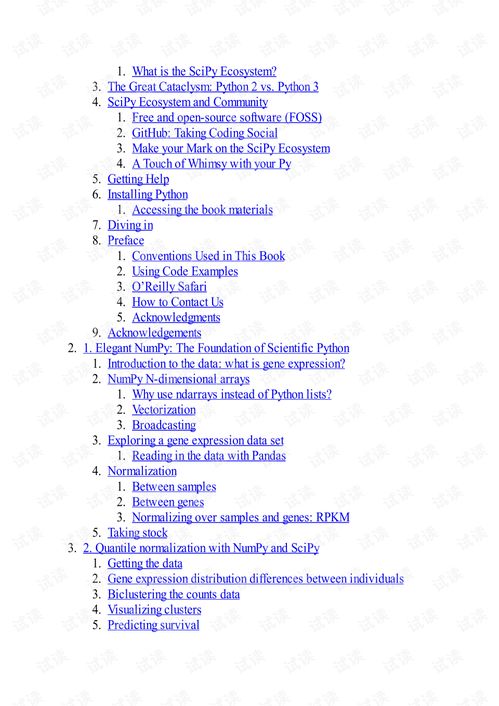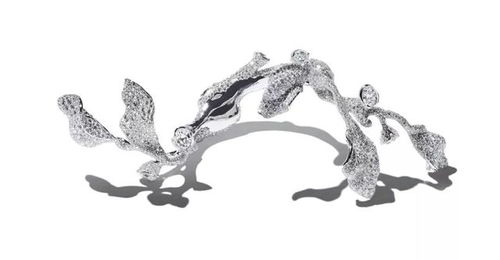The Comprehensive Guide to Mud Eel Farming and Angling Techniques
Mud eels, also known as mud perch or snakehead, are a popular choice among both aquaculture enthusiasts and anglers. These versatile creatures not only make for a delightful culinary experience but also provide a thrilling challenge on the end of a fishing rod. In this comprehensive guide, we will delve into the art of mud eel farming and share some essential angling techniques to help you become a master in the mud.
I. Mud Eel Farming: Setting Up Your Aquaculture Operation
Choosing the Right Species
Before you start, it's crucial to select the right species of mud eel. The most common types include the Chinese mud eel (Misgurnus anguillicaudatus) and the Japanese mud eel (Misgurnus miurus). Both are suitable for farming, but the Chinese mud eel is generally more tolerant of different environmental conditions.
Preparing the Pond
A well-prepared pond is the foundation of a successful mud eel farming operation. Here are some key considerations:
- Size and Shape: A pond should be at least 0.5 acres in size to accommodate a sufficient number of mud eels. The shape should be rectangular or oval to ensure even water distribution.
- Location: Choose a location that is easily accessible and offers a stable water source. The ideal location is away from flood-prone areas.
- Water Quality: The pH level should be between 6.5 and 7.5, and the dissolved oxygen level should be above 5 mg/L. Regular water quality testing is essential.
- Filtration and Aeration: Install a reliable filtration system to remove waste and maintain water clarity. Aeration systems are also crucial to ensure adequate oxygen levels.
Stocking the Pond
When it comes to stocking, start with young mud eels (fingerlings) and gradually increase the size of your stock. The recommended stocking density is around 500-1,000 fingerlings per acre. Be sure to acclimate the fingerlings to the pond environment before introducing them.
Feeding and Management
Mud eels are omnivorous and will eat a variety of foods, including insects, worms, and fish. Offer a balanced diet and adjust feeding amounts based on the growth rate and water temperature. Regularly monitor the pond for signs of disease or stress and take appropriate action.
II. Angling Techniques for Mud Eels
Equipment
To catch mud eels, you'll need the right equipment:

- Rod and Reel: A medium-heavy spinning rod and reel combination is ideal for mud eels.
- Line: Use a monofilament line with a breaking strength of 10-15 pounds.
- Hooks: Large, strong hooks (sizes 4-6) are recommended.
- Bait: Live bait such as earthworms, leeches, or small fish are effective for catching mud eels.
Baits and Lures
Mud eels are known for their keen sense of smell, so using a strong, earthy scent can be beneficial. Here are some popular baits and lures:
- Live Bait: Earthworms, leeches, and small fish are highly attractive to mud eels.
- Artificial Lures: Soft plastics, rubber worms, and spinners can also be effective.
- Scented Baits: Use baits with a strong, earthy scent to enhance your chances of success.
Techniques
When it comes to angling techniques, there are a few key points to keep in mind:
- Patience: Mud eels can be elusive, so patience is key. Wait for them to bite rather than pulling the bait towards them.
- Presentation: Work the bait slowly and in a erratic motion to mimic the natural movement of prey.
- Setting the Hook: Be prepared to set the hook quickly once you feel a bite. Mud eels are powerful and can pull a lot of line.
Safety Precautions
When fishing for mud eels, always prioritize safety:
- Wear Appropriate Gear: Use gloves and a heavy-duty rod holder to protect yourself from the sharp spines on the eels.
- Be Aware of Your Surroundings: Pay attention to other anglers, wildlife, and potential hazards in the water.
- Handle with Care: When removing the hook, be gentle to avoid injury to yourself or the eel.
Conclusion
Whether you're interested in farming mud eels or catching them for sport, mastering the art of mud eel farming and angling techniques can be a rewarding experience. By following the guidelines outlined in this comprehensive guide, you'll be well on your way to becoming a seasoned pro in the mud. Happy farming and fishing!












